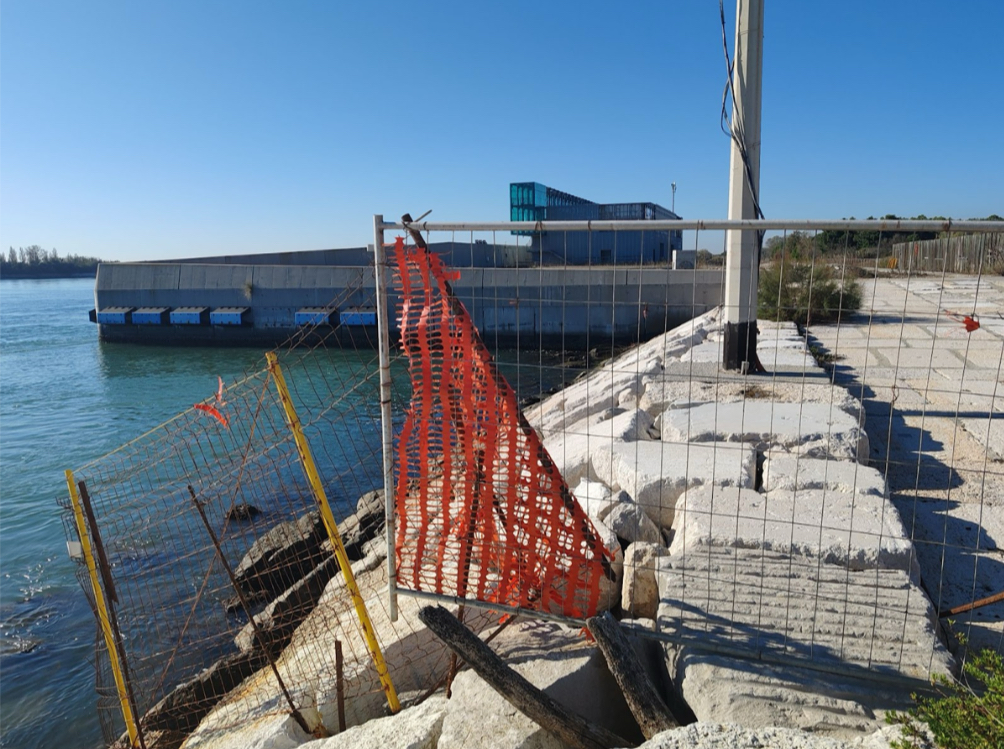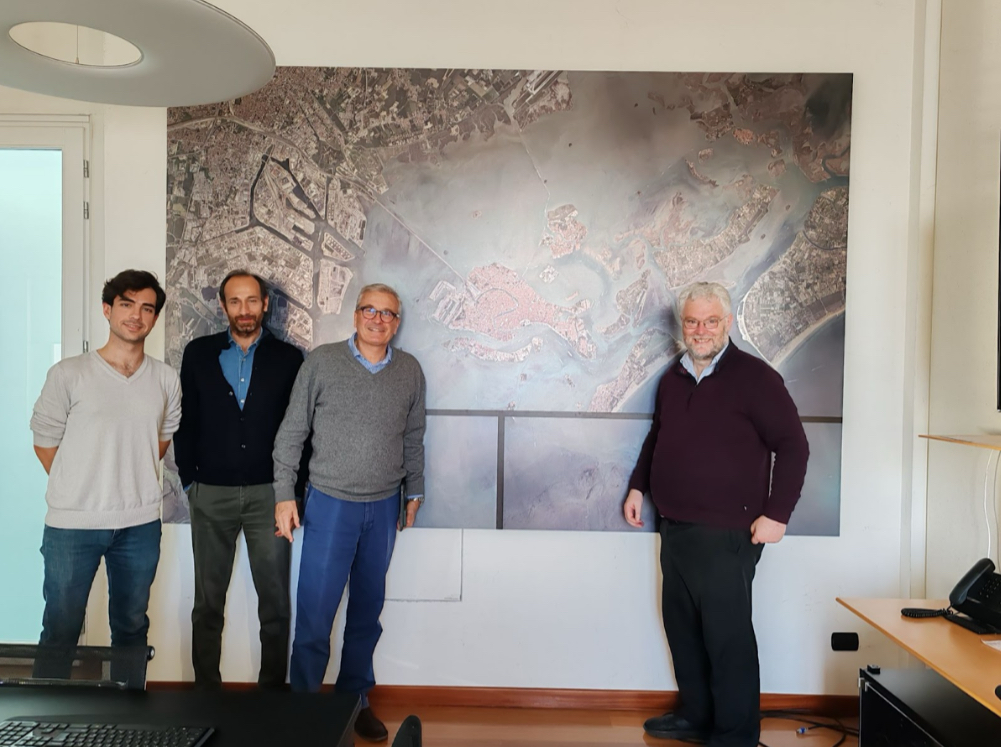
Meeting stakeholders in the Venice Lagoon
In the last week of October this year, Niall and Fergus spent five days in the historic city of Venice to consult with stakeholders in the WaterLANDS project’s Venice Lagoon Action Site, staying in the colourful neighbourhood of San Marco.
The visit was part of ASPECT’s report on policy recommendations for aligning governance across the six WaterLANDS Action Sites, all European wetlands recognised as areas of high priority for habitat restoration by EU or international law.
Working closely with local project partner We are here Venice (WahV), an NGO involved in the restoration of the North Lagoon salt marsh, the team from ASPECT met with a range of stakeholders from research and public institutions to discuss four Governance Challenges which were previously identified for the site by ASPECT as part of the WaterLANDS report D3.2.
Key opportunities for more effective collaboration between stakeholders were identified in the areas of data transparency, open communication, and working together for win-win strategies. Stakeholders were pleasantly surprised to learn of each other’s willingness to engage on the issue of wetland restoration in the Lagoon more proactively, although several historical and current barriers to collaboration remain.
Finally, Niall and Fergus visited the MoSE flood barriers at Lido before departing the city.

The Governance Challenges for the Venice Lagoon, one of six WaterLANDS Action Sites, are as follows:
IT1 Identify the key metrics under the EU Water Framework Directive (WFD) and River Basin Management Plan (RBMP) and clarify the extent to which these measures are being addressed at all governance levels within the Lagoon.
IT2 Work to promote the concept of “adaptive management” and related measures and governance tools to increase the relevance of ecologically functional salt marshes in the lagoon to ensure long term sustainability of constructed wetlands and the possibility of upscaling restoration measures.
IT3 Maintain a critical and constructive approach to assessing the role of UNESCO’s World Heritage Programme in influencing policy actions affecting the health of the lagoon system and its role in protecting the historic city of Venice.
IT4 Highlight the potential role of wetlands in attenuating water levels in the Venice Lagoon and therefore mitigating flooding frequency of the historic city.
Share this article
Follow us
Latest articles
December 7, 2025
December 7, 2025


